The Patriot defense system is considered to have significantly enhanced Ukraine’s ability to intercept Russian hypersonic missile attacks in the current conflict. However, the Patriot dates back to the 1980s and the system needs to be upgraded to deal with today’s cruise missile technology.
“No blind spots”
Washington has developed two new air defense sensors manufactured by Raytheon Missiles & Defense. Among them, the Low Altitude Air and Missile Defense Sensor (LTAMDS) will be one of the most important technologies added to the intercept defense system. This technology will replace the “phased intercept radar” currently equipped on current Patriot complexes.
The “No Blind Spot” project, designed by defense contractor Raytheon, aims to neutralize airborne threats, including missiles and hypersonic aircraft, with low-altitude missile defense systems. The developer hopes to upgrade the Patriot system’s mobility and improve missile firing speed in the future.
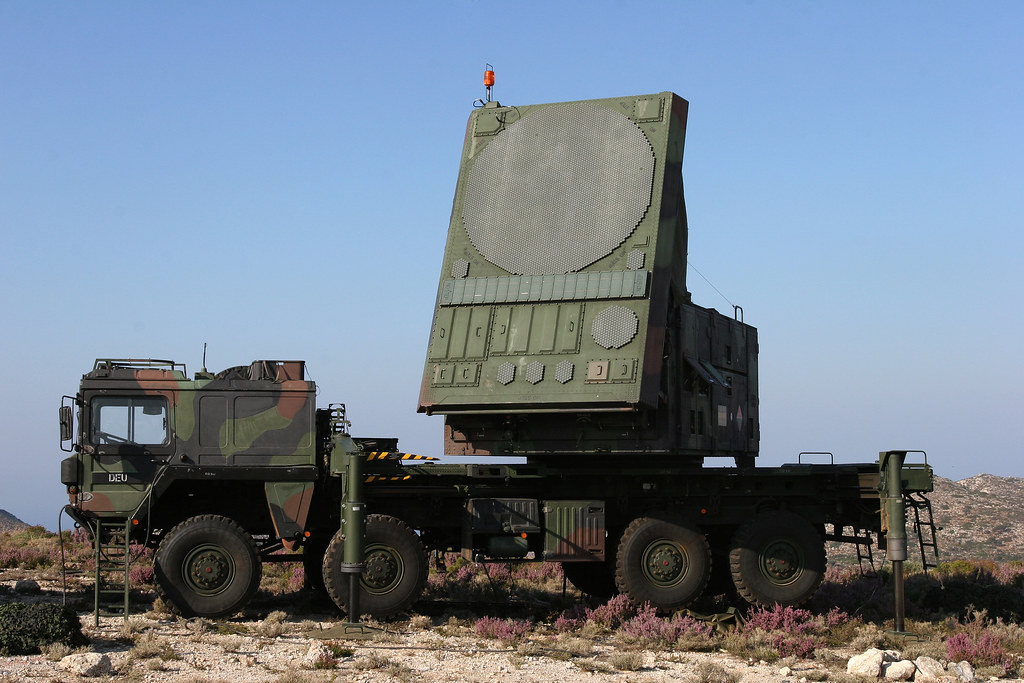
In contrast to current radar systems that only have limited combat space coverage, LTAMDS provides 360-degree visibility and multiple sensors that enhance the visibility and power of Patriot missile battalions.
The ability to cover the entire battlefield allows integrated air defense networks to be dispersed over a larger area, increasing their range of operations while improving their survivability in the event of an attack.
In addition, with its interoperability and modularity, LTAMDS can defend against the most advanced threats, including tactical ballistic missiles, aircraft and cruise missiles. They can detect high-speed maneuvering targets from long distances and provide data to the entire network.
LTAMDS is manufactured from Gallium Nitride (GaN) power semiconductor compound technology, which helps to improve the signal strength and sensitivity of the transmitter in the system. The most significant advantage of this technology is that it does not require maintenance or repair during its lifetime and generates little heat during operation.
Raytheon has spent years refining GaN technology to give the radar system 360-degree threat detection in a design that includes a large panel at the front and two smaller panels at the back. The smaller panels are half the size of the current Patriot radar but twice as powerful thanks to the improved GaN technology.
Power up the “fire net”
Patriot is capable of operating as a standalone system, but its full potential is only realized when integrated into a network of lower-level defense systems.
A Patriot battery has six main components: the power unit (two 150-kilowatt vehicle-mounted generators), the radar, the engagement control station, the launch station, the antenna mast group, and the interceptor missiles (PAC-2 and PAC-3). The radar provides target detection and tracking and fire control.
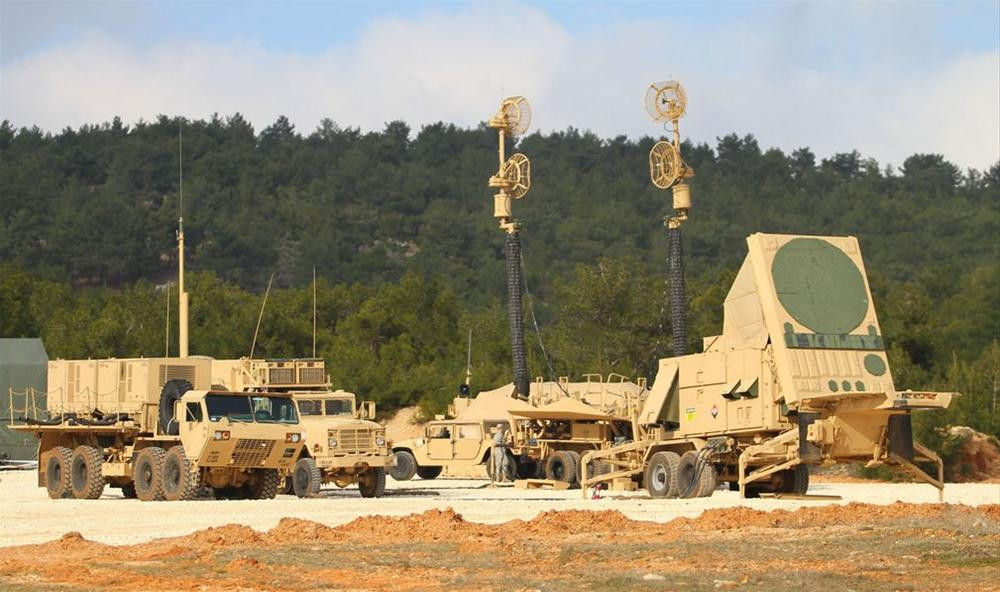
The radar panels help guide the interceptor missiles to their targets and are jam-resistant. Meanwhile, the control station participates in calculating the interceptor missile trajectory and controlling the launch sequence. It can also communicate with the launch stations and other Patriot batteries. It is the only manned part of the air defense complex.
The launch station transports and protects the interceptor missiles and provides the physical launch platform. Each launch station can accommodate four PAC-2 missiles or 16 PAC-3 missiles. The Antenna Mast Group is the primary communications backbone for the Patriot unit.
In addition to the Raytheon radar system, the Integrated Battle Command System (IBCS) developed by Northrop Grumman will be deployed by the US military in frontline combat units.
IBCS is a platform that integrates multiple sensors and weapons systems into a single network, enabling faster decision making and more effective engagement of targets in multi-domain combat operations.
It can provide troops with enhanced situational awareness, improved operational effectiveness and increased lethality while enabling high-level interoperability and integration among coalition partners.
(According to EurAsian Times)
Source




![[Photo] General Secretary To Lam receives Sri Lankan President Anura Kumara Dissanayaka](https://vphoto.vietnam.vn/thumb/1200x675/vietnam/resource/IMAGE/2025/5/4/75feee4ea0c14825819a8b7ad25518d8)
![[Photo] Vietnam shines at Paris International Fair 2025 with cultural and culinary colors](https://vphoto.vietnam.vn/thumb/1200x675/vietnam/resource/IMAGE/2025/5/4/74b16c2a197a42eb97597414009d4eb8)
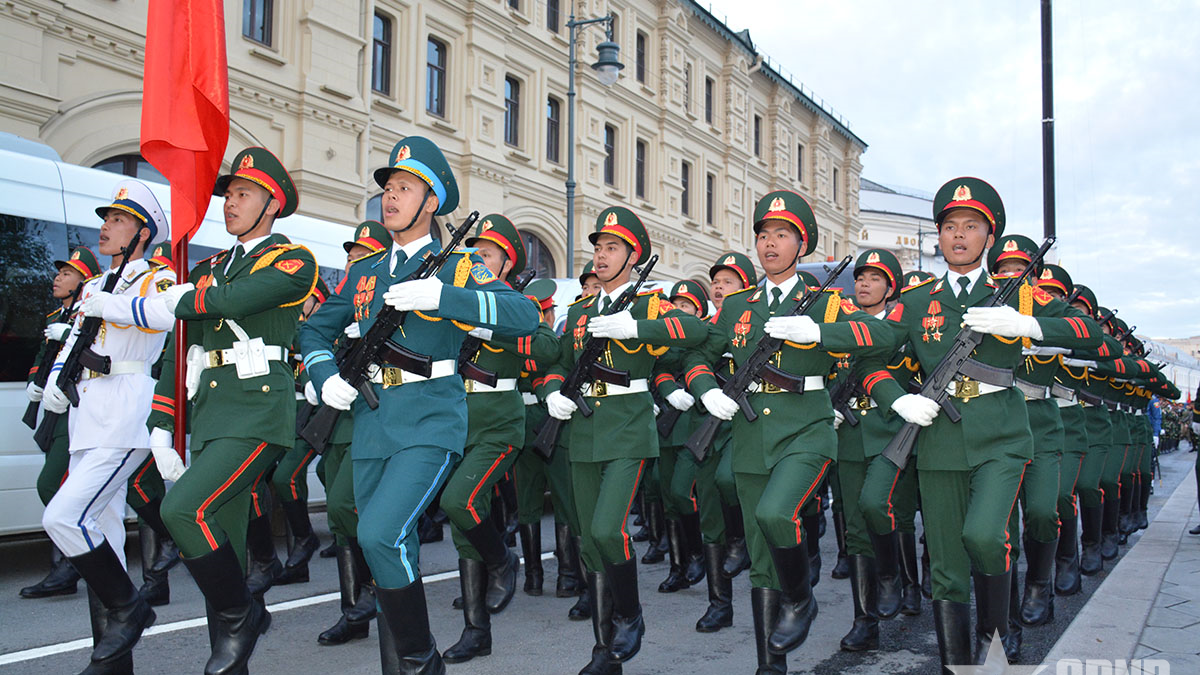

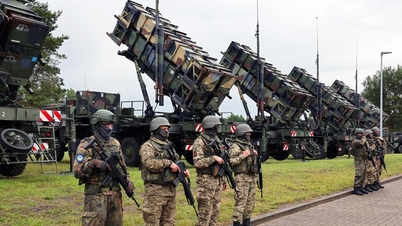



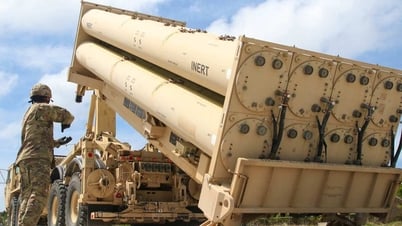





























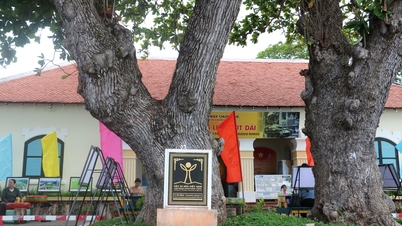













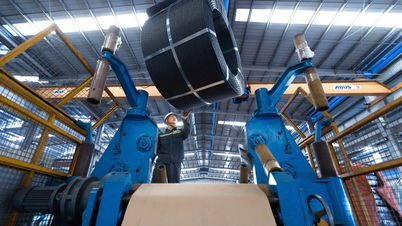


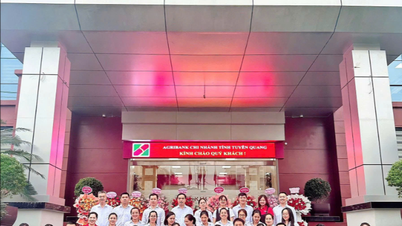


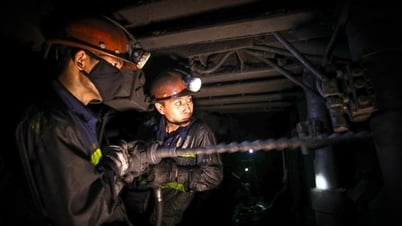














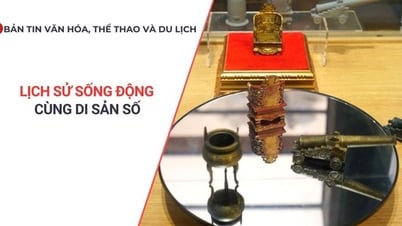













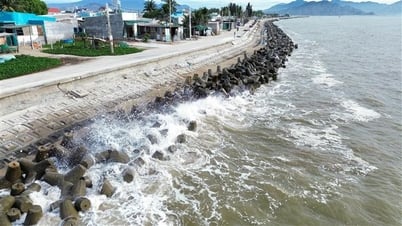





![[Video]. Building OCOP products based on local strengths](https://vphoto.vietnam.vn/thumb/402x226/vietnam/resource/IMAGE/2025/5/3/61677e8b3a364110b271e7b15ed91b3f)




Comment (0)